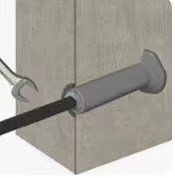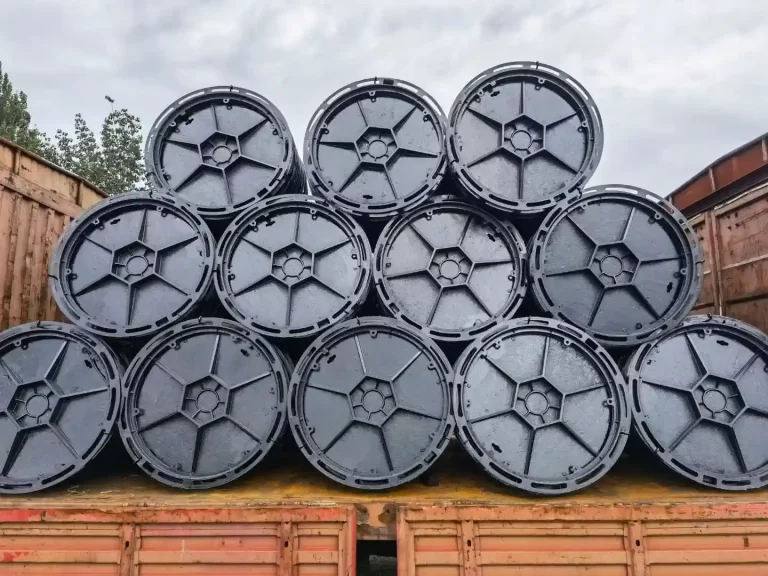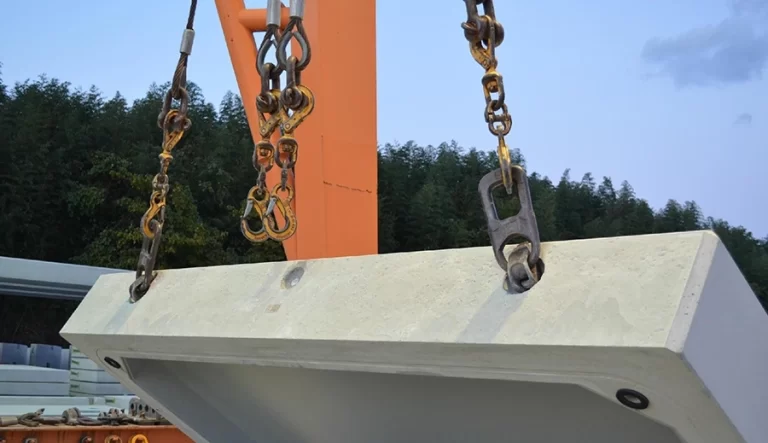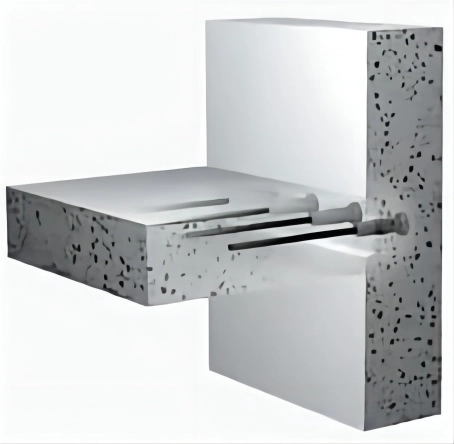Introduction to Coupling in Architecture
The idea of coupling in architecture pertains to how different components of a building or structure are interconnected or linked. This linkage is vital for preserving the architecture’s integrity and functionality. Coupling guarantees that various parts of a structure function together smoothly, offering both stability and resilience. Grasping the importance of coupling in architecture is crucial for anyone engaged in building design, as it has a direct impact on both the strength and performance of a structure.
Architectural coupling has been a fundamental principle throughout history, with its roots traced back to ancient civilizations. Historically, builders and architects have employed different types of coupling methods to achieve desired structural outcomes. From the stone blocks of the pyramids to the intricate frameworks of Gothic cathedrals, coupling has played an instrumental role in the evolution of architectural styles and techniques. Appreciating the historical context of coupling allows for a deeper understanding of its contemporary applications and importance.
Types of Coupling in Architecture
Structural Coupling
Structural coupling involves the physical connections that hold the parts of a building together. This type of coupling is essential for maintaining the overall stability and strength of a structure. Characteristics of structural coupling include the use of materials like steel, concrete, and wood, which provide the necessary rigidity and support. Structural coupling is evident in various components like beams, columns, and load-bearing walls that are crucial for a building’s framework.
Common uses of structural coupling in building designs include ensuring that the load is evenly distributed across the structure, preventing collapse under stress, and enhancing the building’s ability to withstand external forces such as earthquakes and high winds. For example, in skyscrapers, the coupling between floors via steel frames helps in distributing the weight and resistance uniformly. This not only guarantees safety but also extends the lifespan of the building.
Functional Coupling
Functional coupling, in contrast, relates to the interaction and functionality of different parts of a building. This form of coupling emphasizes the operational side of architecture, making certain that various systems within a structure, including plumbing, electrical, and HVAC, operate smoothly together. The primary characteristics of functional coupling involve interoperability, system integration, and the effective use of resources.
Examples of functional coupling in modern architecture can be seen in smart buildings where digital systems are integrated to control lighting, temperature, and security. These systems are coupled in such a way that they can communicate with each other and function as a coherent unit. For instance, automated environmental controls adjust lighting and temperature based on occupancy, thereby enhancing energy efficiency and comfort.
The Prevalence of the Widespread Type of Coupling
Identifying the Dominant Type
In contemporary architectural practices, structural coupling is often identified as the most prevalent type. This is due to the fundamental importance of ensuring that a building remains stable and secure throughout its lifespan. Without effective structural coupling, buildings would be at a greater risk of failure under stress, which could lead to catastrophic consequences.
Reasons for its Widespread Use
The widespread use of structural coupling can be attributed to several reasons. Firstly, it is integral to the safety and durability of buildings. Ensuring that all structural components are properly coupled guarantees that the load is distributed evenly and that the building can withstand various forces. Secondly, advancements in construction materials and techniques have made structural coupling more efficient and robust. Innovations such as pre-stressed concrete and advanced steel alloys have provided architects with the tools to create more resilient structures.
Moreover, regulatory standards and building codes frequently impose rigorous requirements for structural coupling to guarantee public safety. Adhering to these codes is essential for securing construction permits, which underscores the importance of structural coupling in architectural design. In conclusion, structural coupling facilitates greater architectural freedom, allowing for the creation of more ambitious and intricate designs.
Impacts of Coupling on Architectural Design
Structural Integrity and Safety
The impact of coupling on architectural design is profound, particularly regarding structural integrity and safety. Proper coupling of structural elements ensures that a building can support both the static and dynamic loads it encounters. This includes everything from the weight of the building materials themselves to external pressures such as wind and seismic activity. Without adequate coupling, the risk of structural failure increases dramatically, which can compromise the safety of inhabitants and the building’s longevity.
Aesthetic and Functional Aspects
Coupling also has significant implications for the aesthetic and functional aspects of architectural design. Structural coupling can influence the visual appeal of a building by allowing for more daring and innovative designs. The use of hidden couplings can create sleek, minimalistic looks that are both modern and elegant. In the realm of functional coupling, the integration of smart systems offers enhanced user experiences and operational efficiency. This can lead to buildings that not only look good but also perform optimally in terms of energy consumption, comfort, and convenience.
In conclusion, understanding the concept and application of coupling in architecture is essential for both safety and innovation. Structural and functional coupling each play unique roles in the design and functionality of modern buildings. By recognizing the importance and implications of these types of coupling, architects and builders can create structures that are both resilient and cutting-edge.
Innovations and Future Directions in Coupling Technologies
Emerging Trends in Coupling Methods
The field of coupling technologies is experiencing notable innovations, propelled by advancements in both materials science and digital technology. A significant trend is the emergence of adaptive coupling systems capable of adjusting to environmental fluctuations. For example, smart materials that modify their properties in varying conditions are being incorporated into building structures to improve their adaptability to stressors such as wind and seismic activities. These materials can alter their rigidity or flexibility based on real-time data, thereby optimizing the building’s response to external forces.
Another emerging trend is the use of modular coupling techniques. Modular construction allows components to be prefabricated and then coupled on-site, significantly reducing construction time and labor costs. This method enhances precision and efficiency, as modules are built under controlled conditions. Moreover, advancements in coupling hardware, such as magnetic and friction-based couplings, offer more robust and flexible connections between modular components.
Digital technology also plays a crucial role in the evolution of coupling methods. Building Information Modeling (BIM) and other digital tools facilitate better design and analysis of coupling systems. These tools help architects and engineers simulate and optimize couplings before actual construction begins, ensuring that all connections will perform as intended. The integration of IoT (Internet of Things) further enables real-time monitoring and maintenance of coupling components, ensuring long-term integrity and performance.
Potential Future Developments
Looking towards the future, coupling technologies are poised for exciting advancements. One potential development is the use of nanomaterials in coupling systems. These materials offer exceptional strength-to-weight ratios and can provide new levels of durability and resilience to architectural structures. Coupling elements made from nanomaterials could dramatically enhance the performance of buildings, especially in extreme weather conditions.
Another promising avenue for development is bio-inspired coupling techniques. Scientists are investigating methods to replicate natural systems, like the interlocking mechanisms seen in plant roots or animal joints, to develop more efficient and sustainable coupling solutions. These nature-inspired designs have the potential to result in groundbreaking architectural solutions that integrate strength, flexibility, and environmental sustainability.
Furthermore, the advent of 3D printing technology offers unprecedented possibilities for custom coupling components. 3D printing allows the creation of complex geometries and bespoke designs tailored to specific architectural needs. This technology could enable the production of coupling components that are precisely engineered for optimal performance, reducing waste and improving overall building efficiency.
Practical Applications of Different Types of Coupling
Residential Buildings
In residential buildings, coupling plays a vital role in both structural stability and functionality. Structural coupling ensures that homes can withstand everyday loads and occasional stresses such as storms or minor seismic events. For example, wooden frames coupled with reinforced joints provide a resilient framework for supporting the building’s weight and accommodating environmental changes. Proper structural coupling also enhances energy efficiency by ensuring that the envelope of the house remains tight and well-insulated.
Functional coupling in residential buildings is equally important. Electrical systems, plumbing, and HVAC systems are integrated through functional coupling to create a comfortable living environment. Smart home technologies are becoming increasingly popular, where different systems are coupled through a central control unit. This integration allows homeowners to manage lighting, heating, security, and other aspects of the home environment seamlessly and efficiently. The effective coupling of these systems can also lead to significant energy savings and improved indoor air quality.
Commercial Constructions
In commercial constructions, the principles of coupling are applied on a larger and more complex scale. Structural coupling in commercial buildings, such as office towers and shopping centers, involves advanced techniques to ensure the safety and stability of the structure. Steel frameworks with bolted or welded connections are commonly used to couple various components, providing the necessary support to accommodate the weight and dynamic loads of the building. These structures must be designed to handle higher foot traffic, heavier equipment, and greater environmental stresses than residential buildings.
Functional coupling in commercial constructions often incorporates sophisticated systems for energy management, fire safety, and building automation. For example, integrated building management systems (BMS) couple HVAC, lighting, security, and fire alarm systems into a single platform that can be monitored and controlled centrally. This coupling improves operational efficiency, security, and occupant comfort while reducing energy consumption and maintenance costs. In modern green buildings, functional coupling also plays a key role in achieving sustainability certifications such as LEED or BREEAM.
Closing Thoughts on the Role of Coupling in Architecture
In conclusion, the concept of coupling is integral to the field of architecture, impacting both the structural integrity and functional efficiency of buildings. As technology advances, the methods and materials used for coupling continue to evolve, offering new possibilities for innovation and sustainability in architectural design. Whether through traditional methods like steel frameworks or cutting-edge technologies such as nanomaterials and smart systems, effective coupling ensures that buildings can meet the demands of safety, durability, and efficiency.
Understanding and applying the principles of coupling allows architects and builders to create structures that not only stand the test of time but also adapt to future challenges. As we move towards more complex and sustainable architectural solutions, the importance of coupling will only grow, underscoring its essential role in the built environment.
BAOQI is a renowned manufacturer and supplier of high-quality couplings, which are essential components in various industries, including mechanical, automotive, and industrial applications.
BAOQI‘s couplings are designed to connect two shafts together, transmitting torque and rotational motion between them. They are made from premium materials, such as steel or aluminum, ensuring durability and reliability in demanding operating conditions.
One of the key features of BAOQI‘s couplings is their versatility. They come in a wide range of sizes, designs, and configurations to accommodate different shaft sizes and application requirements. Whether it’s a small motor or a heavy-duty industrial machine, BAOQI has couplings that can meet the specific needs of any application.
BAOQI‘s couplings are known for their excellent performance and precision. They are engineered with high-quality manufacturing processes, ensuring tight tolerances and accurate alignment. This results in smooth and efficient power transmission, minimizing vibration and maximizing operational efficiency.
Furthermore, BAOQI is committed to providing exceptional customer service. They have a team of experienced professionals who can assist customers in selecting the right coupling for their specific application and provide technical support when needed.
Overall, BAOQI’s couplings are a reliable and efficient solution for connecting shafts and transmitting power in various industries. With their high-quality materials, versatility, and excellent customer service, BAOQI is a trusted choice for couplings in the market.









